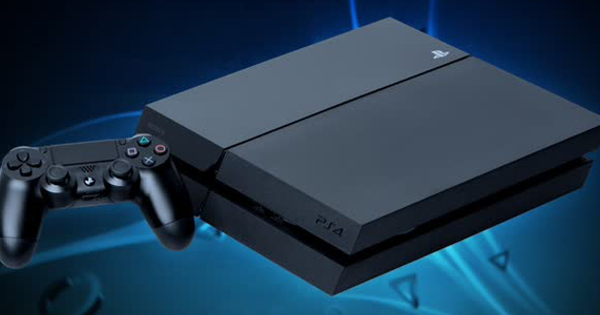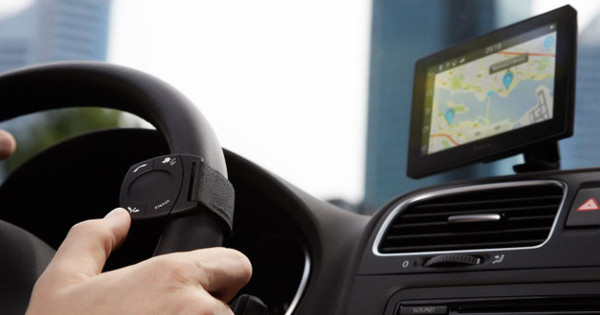The Raspberry Pi is a nice piece of hardware for all kinds of do-it-yourself projects. However, it has one major drawback: a power failure or accidental disconnection of the (micro)SD storage quickly results in a defective storage medium. Thanks to this article, your project doesn't have to be lost!
raspberry pi
Basically it is easy to set up a Raspberry Pi. For example, you can build the perfect media player for a few bucks. Thanks to XMBC and handy extensions, you can stream movies and music via your home network (or from less legal places on the internet). Finding, trying, and tweaking your ultimate Raspberry Pi installation can take a lot of time. Does everything work the way you want? Then you don't want to waste hours on your own clumsiness. Unfortunately, it often happens that an SD card becomes defective, for example by accidentally removing it while the Raspberry Pi is still on. The result: storage card broken and you can start all over again. You can prevent the latter by making a complete backup with USB Image Tool.
USB Image Tool
You need a Windows computer with a card reader and the memory card from your Raspberry Pi (which still works correctly!). If your memory card ever gets damaged, you can restore the backup to a new memory card. Turn off your Raspberry Pi, remove the memory card and insert it into your computer's memory card reader. Download USB Image Tool and run the program. Choose in the drop-down menu for Device mode and select your memory card from the list.
Backup and Restore
Press the button backup and specify where Raspberry Pi should save the backup. Give your backup a good name that identifies it as a backup of your Raspberry Pi project. The backup is saved as an image file and takes up a lot of disk space, usually as much as the capacity of your storage medium. If your disk space is limited, you can make the USB Image Tool file much smaller by zipping it. Restoring is almost the same. Insert a new SD card to which you want to restore your backup and select it in USB Image Tool. Press the button Restore, point to your image file and confirm your action.

